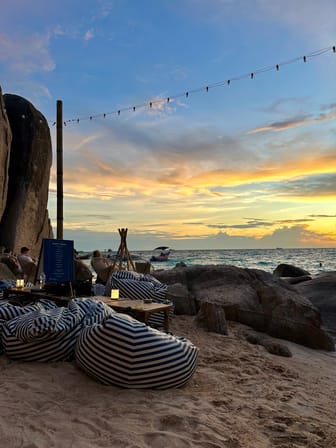Thailand Itinerary: Bangkok + Islands
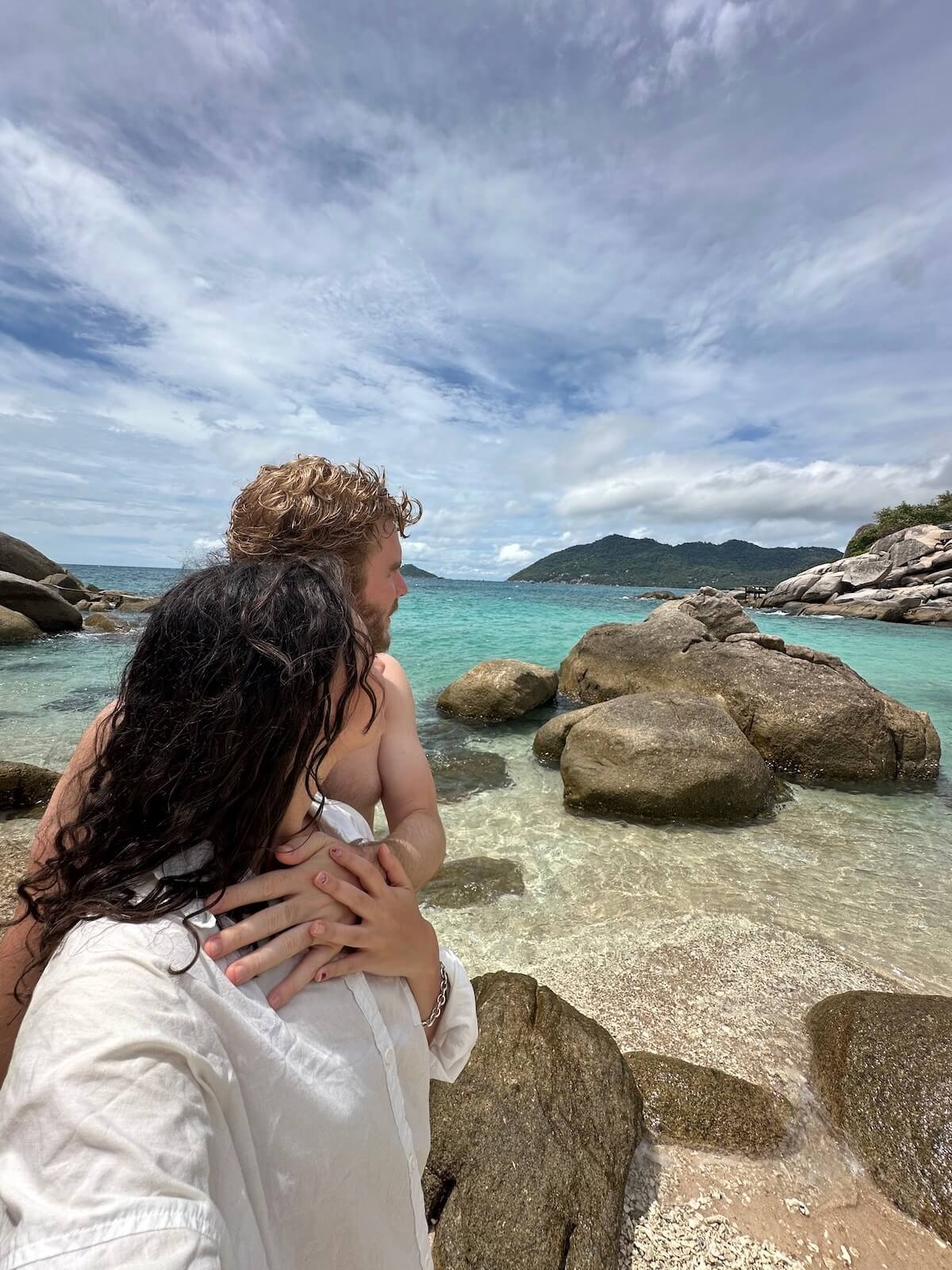
Thailand 2 weeks Itinerary
Thailand stole my heart from the moment I landed, and by the end of my trip, I was already planning how to come back. If you’ve dreamed of a place that blends chaotic city life with peaceful island getaways, Thailand is it. One minute you're dodging tuk-tuks in the buzzing streets of Bangkok, and the next you're sinking your toes into powder-soft sand, staring out at turquoise waters that look too good to be true. This itinerary gives you a high-level taste of what Thailand has to offer, without giving away all the magic.
Whether you’re walking through centuries-old temples or chatting with locals who radiate kindness, Thailand is the kind of place that surprises you at every turn. And trust me, by the time you leave, you’ll be thinking exactly what I did: “I need to come back.” Let’s dive into this journey through Bangkok, Koh Samui, Koh Phangan, and Koh Tao.
Why Thailand Should Be on Your Bucket List
From the moment I landed at Don Mueang Airport and hopped into a Grab, I felt a mix of excitement and a bit of terror. Trust me, I’m Italian, I’ve lived in Rome and Istanbul—I know chaotic driving. But Bangkok? Next level! Our taxi weaved through traffic, motorbikes flying by, and tuk-tuks squeezing into every gap. Yet somehow, we made it, and that’s part of the adventure!
Bangkok is a city that’s alive. It’s chaotic, sure, but in a way that makes you feel energized. Modern skyscrapers tower over crumbling shacks, luxury hotels with rooftop bars overlook streets filled with vendors selling everything from durian to mango sticky rice. There’s contrast everywhere, and that’s the beauty of it.
And the food—if you love spice, you’ll be in heaven. Thailand is more than just flavors, though. It’s the energy, the smiles of locals, and the chance encounters that leave a lasting impression. I remember visiting an ethical elephant sanctuary in Koh Samui, where I was deeply moved by the stories of rescued elephants. Their resilience made me reflect on healing from trauma, and it left a mark on me.
I also met an expat in Koh Phangan who left London’s hectic pace for the peace of Thailand. It’s these random conversations that make traveling so meaningful. The warmth of the Thai people, even with language barriers, was incredible. They were always ready to help with a smile.
Thailand is a land of contrasts: from ancient temples like Wat Pho to ultra-modern malls like Icon Siam. It’s a place that stirs emotions, challenges you, and leaves you wanting more. That’s why Thailand should be on your bucket list—it’s a country that makes you feel everything.
Best Time to Visit Thailand (Based on Region)
Thailand’s climate varies depending on the region, so the best time to visit can differ based on where you’re heading. Whether you're exploring the northern highlands or relaxing on the islands, planning around the seasonal weather is key to enjoying your trip to the fullest.
Central Thailand and Bangkok
Best Time: November to February (cool season)
Why: Central Thailand, including Bangkok, experiences the most pleasant weather during these months. The temperatures are moderate, and rainfall is minimal, making it ideal for city exploration and temple visits.
Avoid: March to May, as this is the hottest time of year, with temperatures reaching up to 40°C (104°F), making sightseeing exhausting.
Northern Thailand (Chiang Mai, Chiang Rai)
Best Time: November to February (cool season)
Why: With its higher elevation, Northern Thailand enjoys a cooler climate during the cool season. This is the best time for trekking, visiting temples, and exploring hill tribe villages.
Avoid: March to April, when the "burning season" occurs. Farmers burn crops, leading to poor air quality and hazy skies.
Eastern Islands (Koh Samui, Koh Phangan, Koh Tao)
Best Time: Mid-December to Mid-March (dry season)
Why: The islands in the Gulf of Thailand see sunny, warm weather, making it perfect for beach lounging, diving, and island hopping. However, expect higher prices and crowds during this time.
Shoulder Season: July to August offers relatively dry weather, but late August can bring more rain, as I experienced myself during a visit.
Avoid: October to November when the monsoon season brings heavy rains and rough seas, limiting outdoor activities.
Western Islands (Phuket, Krabi, Koh Phi Phi)
Best Time: November to April (dry season)
Why: Phuket and the surrounding Andaman Sea islands have their best weather during the dry season. Sunny skies and calm seas make this an ideal time for water activities.
Avoid: May to October, when the region is hit by the southwest monsoon, bringing heavy rains and sometimes rough seas, which could disrupt travel plans.
Southern Thailand
Best Time: December to March (for both coasts)
Why: The southern region, divided between the Andaman Sea (west coast) and the Gulf of Thailand (east coast), generally enjoys warm and dry weather during this time. December through March is perfect for diving, snorkeling, and beach vacations.
Thailand Itinerary: Day 1-5: Bangkok
When I first arrived in Bangkok, it hit me like a whirlwind. The energy of the city is unreal, and you feel it the moment you step out of the airport. My first advice? Brace yourself for some crazy driving. Trust me, as an Italian who’s lived in Rome and Istanbul, I thought I’d seen it all—until I took my first taxi in Bangkok. It’s a thrilling introduction to the city, I promise.
Where to Stay in Bangkok
Sukhumvit is the ideal area for your stay. It’s modern, full of great restaurants, and most importantly, well-connected to the BTS Skytrain, which is a lifesaver when Bangkok’s legendary traffic hits. Avoid taxis during rush hour, and stick to the BTS—trust me on this one.
Must-See in Bangkok:
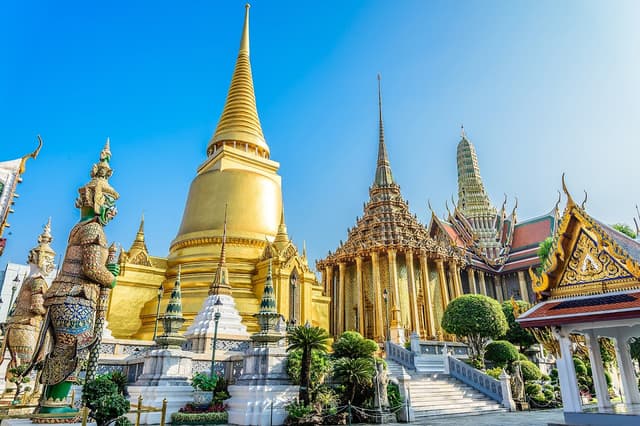
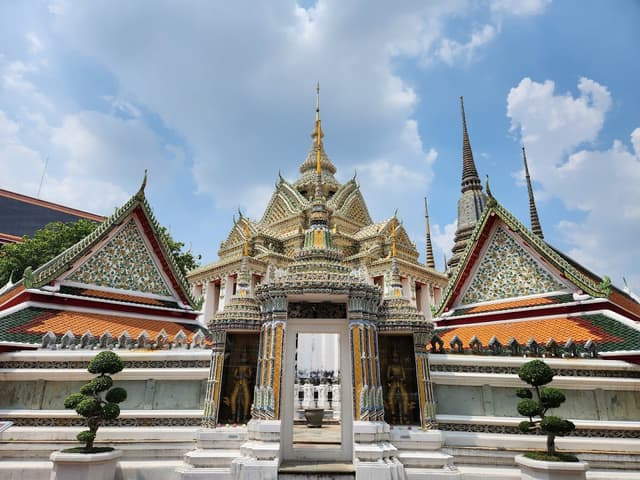
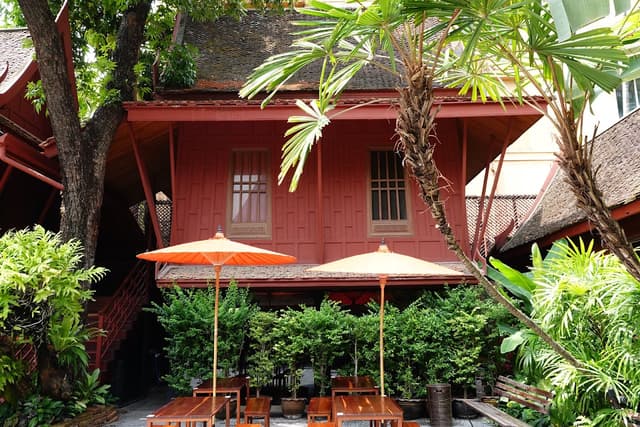
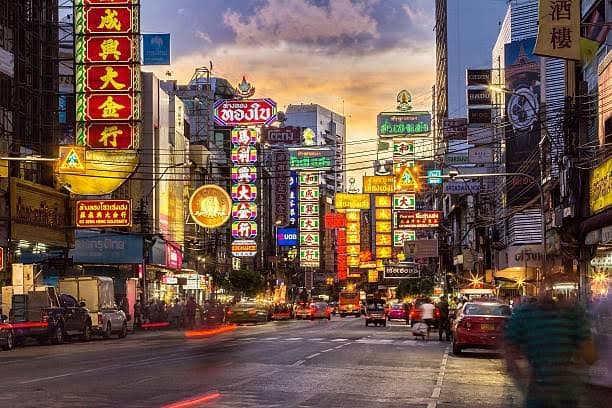
Tip:
Don’t underestimate Bangkok’s heat. I visited in August, and I’ve never sweated so much in my life. But don’t worry, the city has a way of making you fall in love with it, heat and all.
Thailand Itinerary: Day 5-8: Koh Samui
After the intensity of Bangkok, Koh Samui is like a breath of fresh, tropical air. It’s the perfect place to unwind and indulge in some luxury while still keeping things casual.
Where to Stay in Koh Samui:
I stayed at a resort with a room with beachfront pool in Bophut, and it was pure heaven. Koh Samui has accommodations for every budget, but trust me, splurging on a place with an ocean view is worth it.
Some Must-Do Activities:
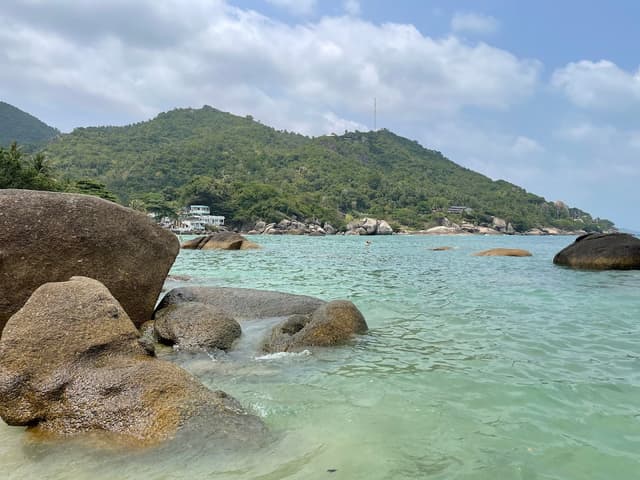
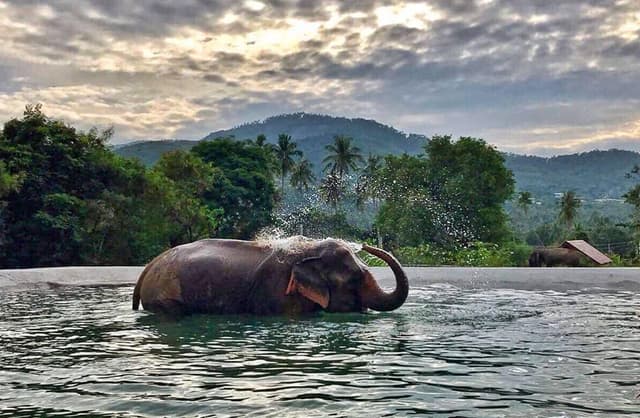
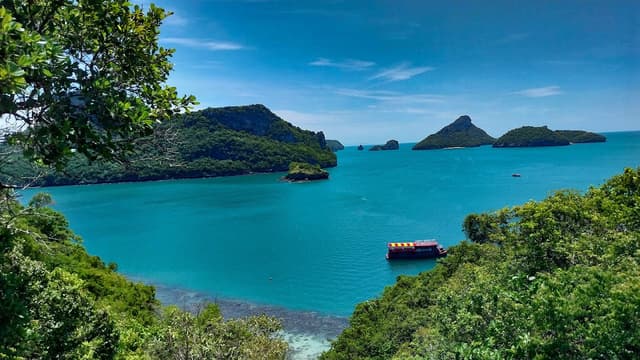
Thailand Itinerary: Day 8-10: Koh Phangan
When most people think of Koh Phangan, they think of the Full Moon Party. But this island has so much more to offer, even if you’re not there for the famous beach rager (although if you are, have fun!).
Where to Stay in Koh Phangan:
If you’re looking for relaxation, I recommend staying away from the Full Moon Party beach, Haad Rin, and opting for the northern beaches like Bottle Beach or Haad Yuan. These are more peaceful, and the vibe is perfect for unwinding.
Some Must-Do Activities:
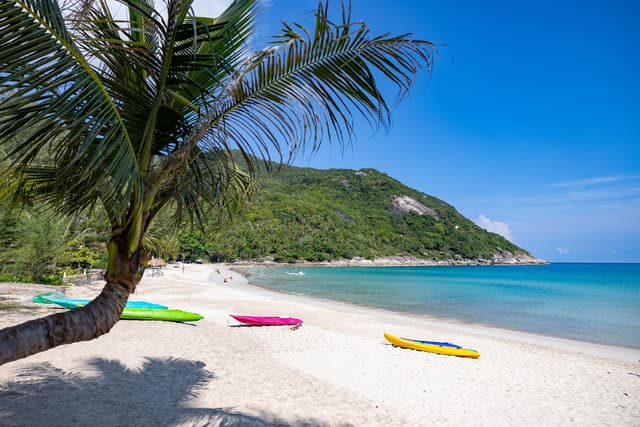
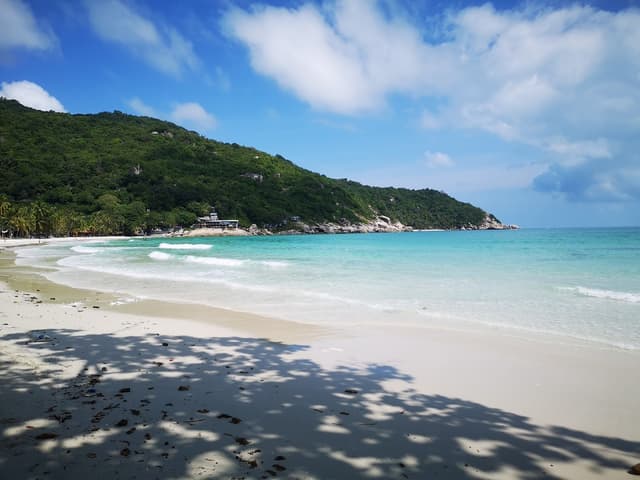
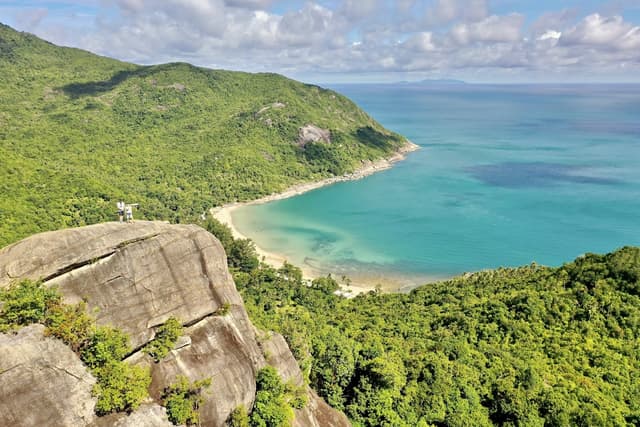
Thailand Itinerary: Day 10-14: Koh Tao
Koh Tao is where you go if you want to experience some of the best diving in the world. Even if you’re not a diver, like me, there’s plenty to enjoy.
Where to Stay in Koh Tao
We stayed near Sairee Beach, which is the main area with plenty of restaurants, bars, and dive shops. It’s lively but still laid-back enough for you to relax after a day of exploring. Perfect for people like us who don't rent scooters.
Some Must-Do Activities:
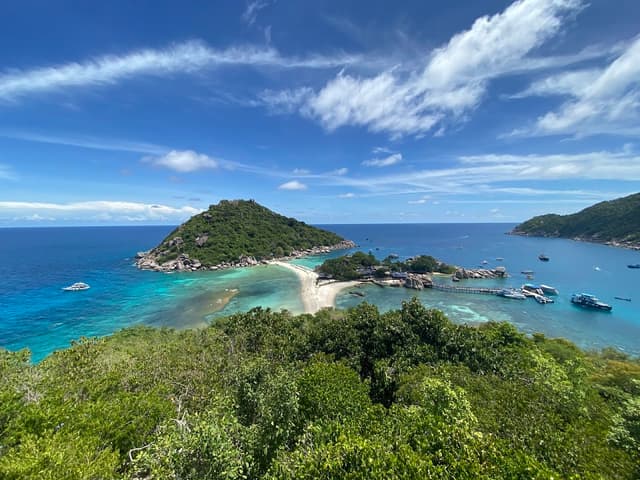
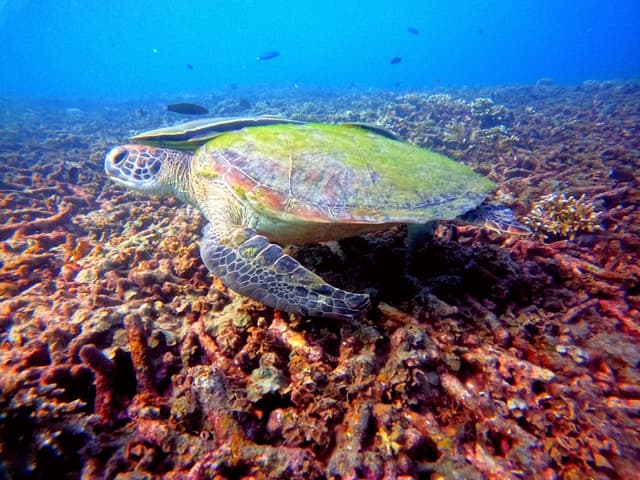
Things To Know Before Going to Thailand
Language:
English is spoken in tourist areas like Bangkok and the islands, but you may find it less common in more remote areas. Learning a few basic Thai phrases can go a long way in connecting with locals.
Currency:
The Thai Baht is the official currency, and while credit cards are accepted in most hotels and larger restaurants, you’ll need cash for street food, taxis, and smaller shops, especially on the islands where nobody practically accepts cards. Cash is king.
Cultural Sensitivity:
Thailand is predominantly Buddhist, and it’s important to respect local customs, especially when visiting temples. Make sure to dress modestly (covering shoulders and knees) when visiting sacred sites.
What to Pack for Thailand
Lightweight clothing:
Thailand’s tropical climate means it’s hot and humid year-round, so pack light, breathable fabrics like cotton and linen. Don't forget a hat.
Beach essentials:
Swimsuits, reef-safe sunscreen, flip-flops, and a good pair of sunglasses are a must for the islands.
Cover-ups for temples: For temple visits, pack a light scarf or sarong to cover your shoulders and knees, or buy one locally.
Comfortable shoes:
For exploring cities like Bangkok, you’ll want comfy walking shoes or sandals.
Mosquito repellent:
Essential, especially if you plan to visit rural areas or spend time in the jungle.
Average Cost of 14 Days in Thailand
Thailand can cater to all kinds of budgets, whether you're a backpacker or looking for a luxury experience. Here’s a rough breakdown of what to expect:
Budget travelers:
You can find basic accommodation for as low as €10 a night. Street food is incredibly cheap, with meals costing between €1-€3. Total daily budget: around €30
Mid-range travelers:
If you're opting for comfortable hotels and mid-range restaurants, you can expect to spend around €50 per day.
Luxury travelers:
Thailand offers amazing options for luxury travelers at very competitive prices that you won't find in many other places. Fantastic luxury resorts, especially in places like Koh Samui. Expect to pay anywhere from €150-€500+ per night depending on the room and hotel you choose. Total daily budget: €100+.
How to Get Around Thailand
Air:
The most convenient way to travel between Bangkok and the islands is by domestic flights. You can easily fly from Bangkok to Koh Samui and then use ferries to move around the islands.
Ferries:
Ferries connect the islands (Koh Samui, Koh Phangan, and Koh Tao). They’re generally affordable and easy to book, with frequent trips between the islands.
Taxis and Grab:
In Bangkok, use Grab (Thailand’s version of Uber) to get around. Avoid taxis that refuse to use the meter.
Public transport:
in Bangkok, the public transportation works amazingly. From the metros to the BTS Sky Train. Just bring something to cover yourself as it's always freezing in these places!
Scooter rentals:
If you're comfortable with it, renting a motorbike is a popular way to explore the islands, but be cautious, accidents happen a lot. Always wear a helmet.
Travel Insurance for Thailand
As always, it's essential to travel with comprehensive travel insurance that covers medical emergencies, trip cancellations, and lost belongings. Given the range of activities in Thailand—whether you're snorkeling, hiking, or riding a scooter—having insurance is a must.Here are my top travel insurance picks:
Heymondo:
If you’re a digital nomad, check out Heymondo travel coverage. Their tech-savvy approach simplifies the insurance process, and their app lets you manage your coverage and access support easily. Use my link to get 5% OFF your travel insurance as a thank you for
being my reader!
Genki:
In partnership with Allianz, Genki Insurance offers reliable coverage tailored for digital nomads. With this collaboration, you can expect extensive global coverage.
Additional Tips
Toilets*:
In Thailand, you typically can’t flush toilet paper or other sanitary items down the toilet. This is due to the plumbing systems not being able to handle paper products. Instead, bins are provided next to the toilet for waste disposal, and you should always use them to avoid clogging.
ATM Fees:
ATMs in Thailand charge a hefty withdrawal fee of 250 Baht per transaction for foreign cards. To avoid constantly paying this fee, it’s a good idea to withdraw larger amounts at once or check if your bank has partnerships with local Thai banks to minimize charges.
Taxes and Service Charges:
Sim Cards & Connectivity:
for a hassle-free communication experience, I highly recommend using Airalo. Airalo is a virtual SIM service that allows you to easily obtain a local SIM card right from your smartphone.
Public Holidays:
When planning your trip to Thailand, it’s crucial to be aware of key public holidays when businesses, tourist attractions, and temples may close or operate under limited hours. Here are a few significant ones to keep in mind. Make sure to plan your itinerary around these dates, especially if you're planning to visit temples, government buildings, or businesses that might be closed.
The Queen's Birthday (Mother’s Day):
Celebrated annually on August 12, this is a national holiday where most businesses and schools close. It’s a significant day for Thais, and large public gatherings may be held to celebrate the Queen's role as the mother of the nation.
Songkran Festival (Thai New Year):
From April 13 to 15, the Songkran water festival marks the Thai New Year and is celebrated nationwide. Many businesses shut down, and it’s a time for large-scale water fights in cities like Bangkok and Chiang Mai.
King’s Birthday:
Celebrated on July 28, this public holiday can result in closures of government offices and attractions. Thais pay respects to the King, and it’s often combined with Father’s Day.
Constitution Day:
Held on December 10, this national holiday commemorates Thailand’s transition to a constitutional monarchy.
Makha Bucha and Visakha Bucha Days:
These are key Buddhist holidays where temples may be busier than usual, but some activities and attractions may be affected as people take time for religious observances.
Get the full scoop:
The home for unique & authentic travel


